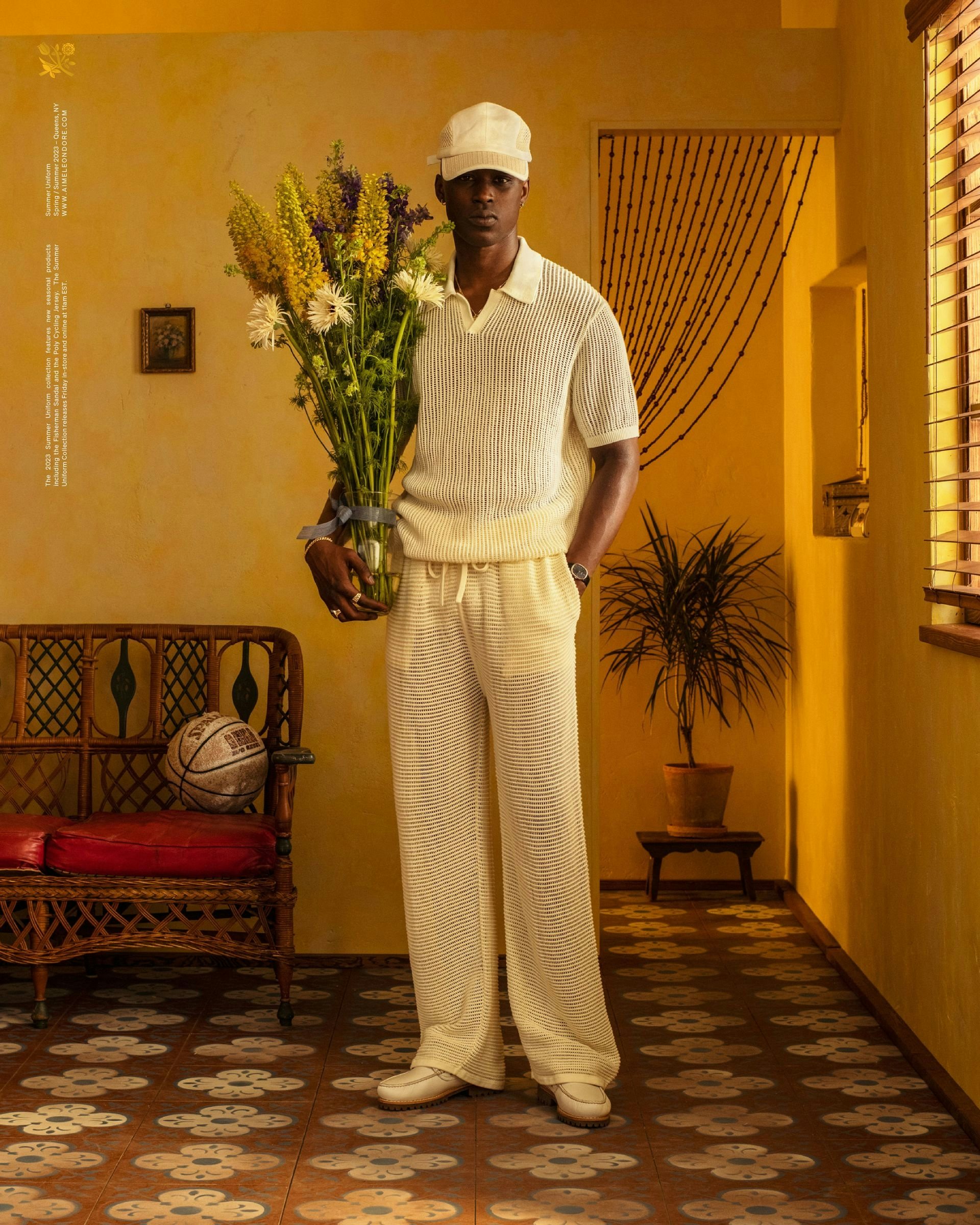In the West, sorting streetwear subcultures into its current reigning categories is relatively straightforward. On one hand, there is “gorpcore,” which is fronted by utility gear such as cargo pants, anoraks, and high-tech sneakers; as well as Y2K, which takes cues from Britney Spears’ heyday; and looks such as “Ivy League style,” led by prep-informed American brands like Aimé Leon Dore and Rowing Blazers.
All of these styles are also prevalent in China. However, as retail platform Doe Shanghai’s co-founder Terry Zhu says, they differ drastically from city to city. “We have quite a different culture and background. Right now, streetwear is a big conversation as we have so many different levels of consumers.”

Along with the difficulties of generalizing Chinese consumers — streetwear culture in Shanghai or Chengdu is starkly different to that in tier-4 cities, for example — the historical connotations that streetwear has in the West do not resonate culturally in the mainland.
As global names like Arc’Teryx and Asics increasingly opt to connect with China’s Generation Z via streetwear, understanding these nuances has become increasingly important. Here, Jing Daily breaks down what sets China’s streetwear market apart from the West’s.
‘Lifestyle Destinations’ Are New To China#
One of the defining aspects of Western streetwear retail is how concept stores have become not only providers of limited edition inventory but spaces for enthusiasts to hang out.
Zhu is one of the innovators bringing this model to China. A self-titled “destination” for shoppers, Doe Shanghai markets itself as a lifestyle hub rather than just a store.
“We always travel to a lot of global key cities, like London, Tokyo, New York, Paris etc. And when we visit these cities, we are always able to find some places that we can go and visit to hang out with friends,” Zhu explains. “But in China there weren’t any of these kinds of stores. We wanted to create something for the consumers themselves. There was a real gap over here which wasn’t reaching the global community like [Western streetwear retailers].”
Celebrating its 10th anniversary in 2024, the bricks-and-mortar-led retailer allows consumers to enjoy a coffee while shopping, and operates a solid online platform too. The brand’s IP has become a vehicle for foreign names such as Converse to connect with local streetwear fans as a result.

Marriage Of Local And International Influences#
Due to the increased rate of travelling and studying in the West, domestic streetwear trends are a concoction of local and international influences. According to China's Ministry of Education, over 80 percent of all Chinese students return home after graduating from overseas universities.
Zhu emphasizes that the modern China image is a direct result of Gen Z pursuing higher education in the US or Europe and then traveling the world before returning home.
“Around the world, people tend to believe Chinese fashion is all dragons and silk, or traditional Chinese culture. But no, [Doe Shanghai] consumers are of a very international background, working for global corporations or studying abroad. These local Gen Z are trying to be more international while showcasing their China pride at the same time.”
Though gorpcore and Y2K trends are a hit in the East too right now, there is also the rise of the Japanese “city boy” aesthetic, the “Westernized fit” of basketball-inspired looks, and elements of Chinese design, describes sneaker product manager Kenneth Huang.
Hype And Herd Culture#
As Huang also explains, trends move fast in China as a result of the intense follower culture.
“The development of streetwear trends such as gorpcore has moved so much faster than the way people digest culture on a time spectrum,” he says.
The influential power of key opinion leaders in Asia reflects the extent to which consumers idolize celebrities, with that imitation behavior also embodied in the fast adoption of trends like gorpcore.
“Generation Z are looking at celebrities and learning from them, or just copying them. They like following a trend,” says Zhu. “At Doe, we choose to try and lead them a bit. I understand, like all young people, Gen Z are always chasing the hype of a fashion magazine or blogger.”
However, this extreme follower culture in China has led to a lack of authenticity behind streetwear trends. In most cases, it is just those at the top of the trendsetting pyramid who understand the semantics behind each look; everyone else is merely copying aesthetics.
GQ China fashion editor Lysander Zhang says, “The top [of the influencing chain] should be authentic, but even they are being bought by brands now. I think streetwear is having a really difficult moment of real authenticity [in China].”
Collaborations Help Brands Reach Niche Communities#
An element of the Chinese scene that is equally familiar to the West is how brand collaborations are enabling both global and local names to target specific communities.
For example, Doe worked with Shanghai-based tattoo artist and illustrator Jax on a Spring 2023 collection. With just 14,000 fans on Weibo and 2,517 followers on Instagram, the creative might not have the largest following, but he enabled Doe to connect with a truly targeted group of young people.
Zhu explains, “A lot of our team have tattoos. It made sense to have Jax come in and do some tattooing in our shop. It was great for both sides — some of the illustrations that he creates don’t work as tattoos but I knew they would look great on a T-shirt or hoodie. It combines design and production capabilities.”

For more analysis on the latest collaborations, sign up for the Collabs and Drops newsletter here.


